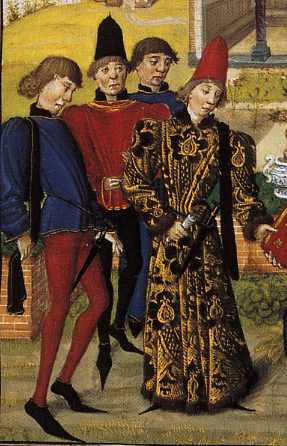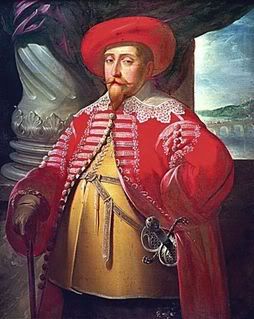Their women, when married, do not commit adultery. But a girl, when she falls in love with some man or other, will go to him and quench her lust. If a husband marries a girl and finds her to be a virgin, he says to her, `If there were something good in you, men would have desired you, and you would certainly have found someone to take your virginity’. Then he sends her back, and frees himself from her. The lands of the Slavs are the coldest of all. When the nights are moonlit and the days clear, the most severe frosts occur. The wells and ponds are covered with a hard shell of ice, as if made of stone. When people breathe, icicles form on their beards, as if made of glass. They have no stone bath-houses as such, but they do make use of wooden huts for bathing. They build a stone stove, on which, when it is heated, they pour water. They hold a bunch of grass in their hands, and waft the steam around. Then their pores open, and all excess matter escapes from their bodies. This hut is called al-istba. Their kings travel in great carriages, on four wheels. From the corners of the carriage a cradle is slung on chains, so that the passenger is not shaken by the motion. They prepare similar carriages for the sick and injured. The Slavs wage war with the Byzantines, with the Franks and Langobards, and with other peoples.








